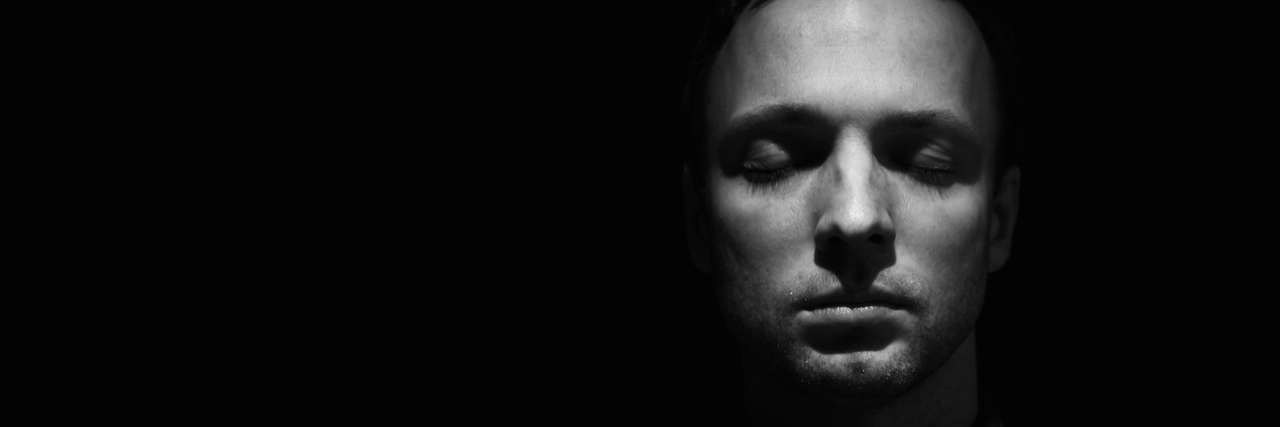As someone who has a bit of experience with mental challenges, I find the immediate link between mental illness and propensity for violence tenuous. So, here’s a little bit of info on the historical processes within which this link between mental illness and mass shootings is embedded.
In the period leading up to the 60’s, people who were deemed mentally ill were simply removed from society and treated in institutions. However, with the development of psychotropic medications (most notably chloropromazine), treatment was possible outside of an institutional setting albeit with a horrid side-effect profile. The intro of Medicare and Medicaid further enhanced the role out of these drugs.
With the deinstitutionalization movement, there was a shift towards a “rights based” treatment approach meaning that those with mental illness would have to be a danger to themselves or others and could no longer simply be incarcerated. Of those deinstitutionalized, 50 to 60% had been diagnosed with schizophrenia, 10 to 15% had been diagnosed with manic-depressive illness and severe depression and another 10 to 15% percent having been diagnosed with a biological brain disease.
It was President Kennedy who signed into law the “Community Mental Health Act’”in 1963 which allowed for the development of “community centers” and federal subsidies that would treat those with mental illness as “out patients.” However, the “community centers” were not the site of treatment of mental illness as originally intended, but became a vehicle for the treatment of the more affluent.
This issue turned into a spot of political football with President Nixon scaling back the program in 1969 and Congress approving the “Community and Mental Health Centers” program in 1974 (upon the resignation of Nixon), which did not take into account the needs of those with mental illness. In 1977, President Carter signed the “Mental Health Systems” Act, ensuring care and treatment at community centers. President Reagan reversed the act and cut off 25% of federal funding and instituted “black grant” to states meaning states could do with the money what they wished.
Essentially, deinstitutionalization has helped create the mental health crisis in that people who struggled with severe mental illnesses were discharged without the proper mechanisms being in place to take care of their physical, emotional and social needs. They often landed up in nursing homes (who were not set up to treat people with mental illness) or on the streets as homeless. This period was more about trans-institutionalization with the criminal justice system becoming the de-facto system that dealt with people living with mental illnesses.
Through that process the released suffered a triple stigma on top of being mentally ill; homeless, criminal and incarceration. Connections drawn between mass shootings and the mentally ill further marginalize this group and create a moral panic around the mentally ill. In his report, “Mental Illness, Mass Shootings, and the Politics of American Firearms” (2015), Jonathan M. Metzl, MD, PhD, outlines four assumptions which arise post a mass shooting:
- Mental Illness causes gun violence.
- A psychiatric diagnosis can predict crime before it happens.
- U.S. mass shootings teach us to fear mentally ill loners.
- Due to the complex psychiatric histories of mass shooters, gun control won’t prevent another mass shooting.
Heinous crimes such as those recently committed in the past few years are despicable and tragic. Mental illness, in trying to make sense of something so senseless, is often used as a scape goat. Popular opinion may say that there is a direct link between mental illness and crime and in fact, a large number of policy decisions assume a direct link between mental symptoms and crime. However, the current evidence suggests presenting with symptoms of mental illness is not in all cases a good indicator of the propensity for crime.
I am not saying that those with mental illness do not commit crime and I am certainly not making a judgment as to the mental faculties of the most recent shooter, but the propensity for crime is no more so for those with mental illness than in any other marginalized and disenfranchised group. Another problem is that psychiatrists are required to make an assessment of their patients with respect to their propensity to commit crime, thus becoming the predictors that authorities rely upon. Not only is this an unfair burden on psychiatrists, but the tools psychiatrists used to predict such potential outcomes were not in all cases meant for this. The issue is a complex one, to say the least.
Follow this journey on The Anxious Critic.
Getty image via eugenesergeev

